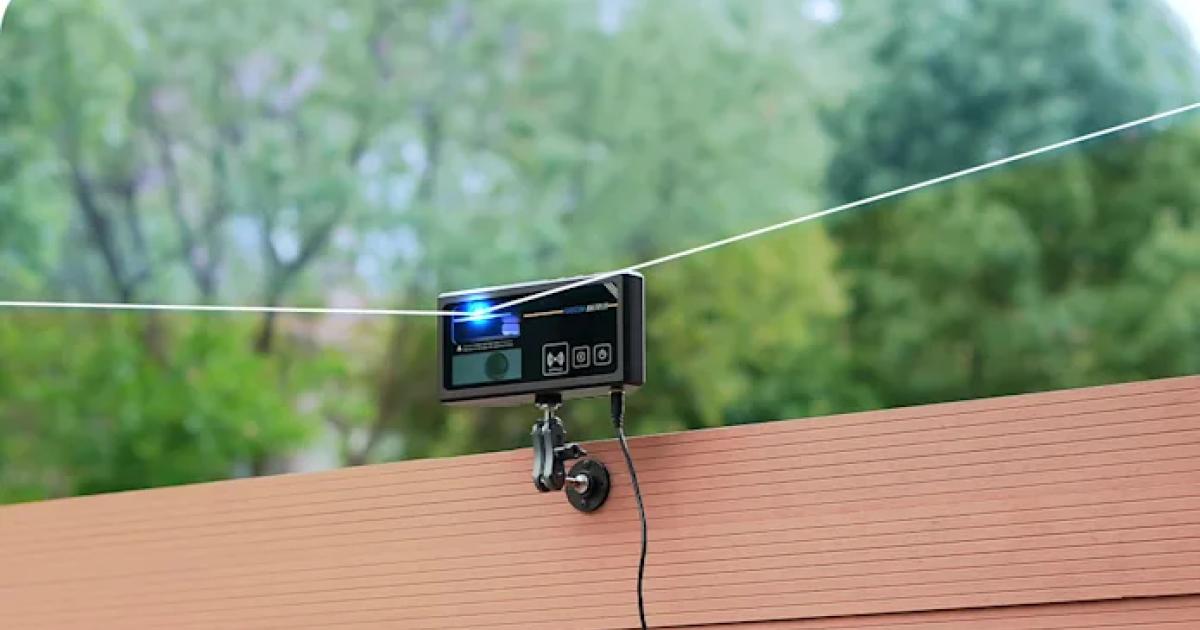Chinese Gadget Zaps Mosquitoes with Lasers

July 8, 2025 - A new gadget from China is designed to eliminate mosquitoes using lasers. The device uses LiDAR (Light Detection and Ranging) technology to detect insects and then targets them with a laser beam to neutralize them.
Mosquitoes are a common nuisance, and instead of traditional methods like mosquito coils or sprays, lasers could become a new way to combat them. The manufacturer claims this low-power laser weapon can kill up to 30 mosquitoes per second.
How it Works
The "Photon Matrix," as it's called, uses LiDAR technology to find mosquitoes. LiDAR works by sending out laser beams that bounce off objects. When a laser beam hits a mosquito, it bounces back, allowing the device to calculate the insect's position and distance in just 0.003 seconds, according to the manufacturer. Once a mosquito is detected, a second laser beam is deployed to eliminate it.
Range and Targets
The basic version of the Photon Matrix can detect movement within a 3-meter range, while the pro version extends this to 6 meters. Both versions cover a 90-degree scanning angle. The device is designed to target insects flying at speeds up to one meter per second. While it might struggle with faster insects like houseflies (which fly at about 2.9 meters per second), it can effectively target slower-moving mosquitoes, sand flies, and fruit flies.
Safety and Availability
The manufacturer claims the laser weapon is safe for humans and pets. The device scans the surroundings to identify larger objects, such as people, and will not fire if they are detected. It's also designed to be waterproof, making it suitable for both indoor and outdoor use. It can be powered by a power bank or a wall outlet.
The Photon Matrix is currently available on the crowdfunding platform Indiegogo. The basic version costs around 400 euros, while the pro version is priced at about 537 euros. However, it's important to note that the product is still in the development phase. The manufacturer anticipates shipping the product in October, with mass production starting in March 2026.